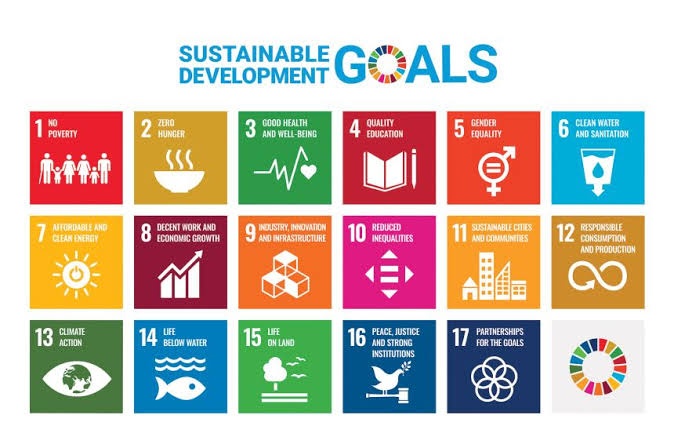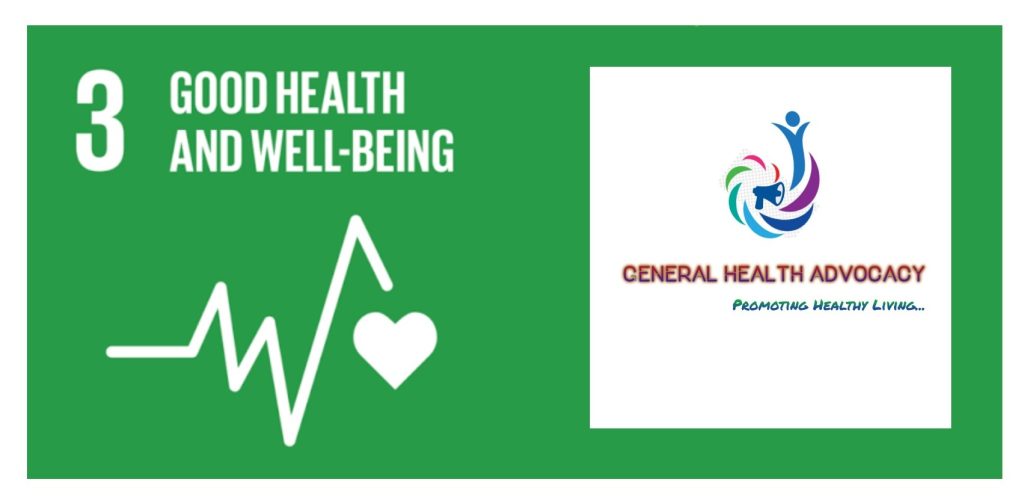Unleashing the Benefits of SDG 3: Good Health and Well-Being for the Global Community

The Sustainable Development Goals (SDGs) are a set of 17 global goals designed to address various social, economic, and environmental issues facing the world today. These goals were adopted by all United Nations Member States in 2015 and aim to be achieved by the year 2030. SDG number three specifically focuses on ensuring healthy lives and promoting well-being for all at all ages.
Goal 3: Good Health and Well-being encompasses a range of targets, including reducing maternal and child mortality, combating communicable diseases, achieving universal health coverage, and promoting mental health. The global community can derive numerous benefits from achieving SDG 3:
- Improved access to quality healthcare: By achieving universal health coverage, individuals worldwide will have equal access to essential health services, including prevention, treatment, and rehabilitation.
- Reduced child and maternal mortality: SDG 3 aims to reduce child mortality rates globally and ensure healthy lives for mothers. Achieving this goal would result in healthier families and communities.
- Combating communicable diseases: Goal 3 targets reducing the spread of diseases like HIV/AIDS, malaria, tuberculosis, and other neglected tropical diseases. This would improve the overall health and well-being of individuals globally.
- Strengthened healthcare systems: The implementation of SDG 3 calls for improved capacity and resources in healthcare systems worldwide. This includes enhancing healthcare workforce, infrastructure, and research and development to ensure effective and responsive healthcare services.
- Enhanced focus on preventative measures: The SDGs emphasize the importance of prevention by addressing the underlying determinants of health. This approach aims to reduce the burden of diseases and promote healthier lifestyles through education, awareness, and access to essential healthcare services.
- Improved mental health services: Goal 3 acknowledges the importance of mental health and well-being by promoting mental health care services and reducing suicide rates. This would result in healthier and more productive communities.
- Reduced health inequalities: One of the key objectives of SDG 3 is to ensure that everyone, regardless of their socioeconomic status or geographic location, has access to quality healthcare services. Achieving this goal would reduce health inequalities and promote social well-being.
- Strengthened partnerships and collaboration: The SDGs emphasize the importance of partnerships between governments, international organizations, civil society, and the private sector. Collaboration in addressing health challenges can lead to more effective and sustainable solutions.
- Economic benefits: A healthier population leads to increased productivity, reduced absenteeism, and lower healthcare costs. By achieving SDG 3, countries can experience economic benefits through a more productive workforce, reduced healthcare expenditures, and increased investments in research and innovation.
- Improved food security and nutrition: Good health and well-being are closely linked to access to nutritious food. SDG 3 aims to end hunger, achieve food security, improve nutrition, and promote sustainable agriculture. This would not only improve health outcomes but also contribute to overall well-being and sustainable development.
- Strengthened health emergency preparedness: SDG 3 highlights the need to build resilient health systems and ensure access to quality healthcare during emergencies and disasters. By investing in preparedness and response strategies, countries can better protect their populations from health crises and mitigate the impact of emergencies.
- Enhanced global health security: The SDGs recognize the interconnectedness of health around the world. By focusing on preventing, managing, and controlling diseases through improved surveillance systems and international cooperation, the global community can improve health security and prevent pandemics.
- Promoting healthy lifestyles and well-being: SDG 3 encourages the adoption of healthy behaviors like regular physical activity, healthy diet, and avoidance of harmful substances. By promoting healthier lifestyles, countries can reduce the burden of non-communicable diseases like obesity, diabetes, and cardiovascular diseases, leading to better overall health and well-being.
- Increased gender equality in healthcare: SDG 3 focuses on promoting equal access to healthcare for all genders. By addressing gender disparities in health outcomes and ensuring equal representation in healthcare decision-making processes, countries can achieve greater equity and inclusivity in healthcare.
- Improved data collection and monitoring: The SDGs emphasize the importance of reliable and timely data for decision-making and monitoring progress. By strengthening health information systems and investing in data collection, countries can better understand health trends, identify areas of improvement, and track the impact of interventions.
- Enhanced global cooperation and knowledge sharing: SDG 3 encourages international cooperation and knowledge sharing to address global health challenges. This includes sharing best practices, research findings, and innovative solutions to improve health outcomes worldwide. By fostering collaboration, countries can learn from each other’s successes and challenges, leading to more effective strategies and interventions.

Achieving SDG 3: Good Health and Well-being has numerous benefits for the global community. By addressing key health challenges, strengthening healthcare systems, and promoting healthier lifestyles, countries can improve the overall health and well-being of their populations, reduce health inequalities, and contribute to sustainable development and economic growth.
A healthy population is a valuable asset for any nation and contributes to social stability and economic prosperity. SDG 3 recognizes the importance of addressing health disparities and promoting equity in access to healthcare. By ensuring that everyone, regardless of their socioeconomic status or geographic location, has equal access to quality healthcare services, countries can foster a more inclusive and just society.
The global community stands to benefit greatly from the achievement of SDG 3. Improved health outcomes lead to stronger communities, increased economic opportunities, and a better quality of life for individuals. By working together, governments, organizations, and individuals can contribute to the realization of SDG 3 and make significant progress towards a healthier and more prosperous world for all.